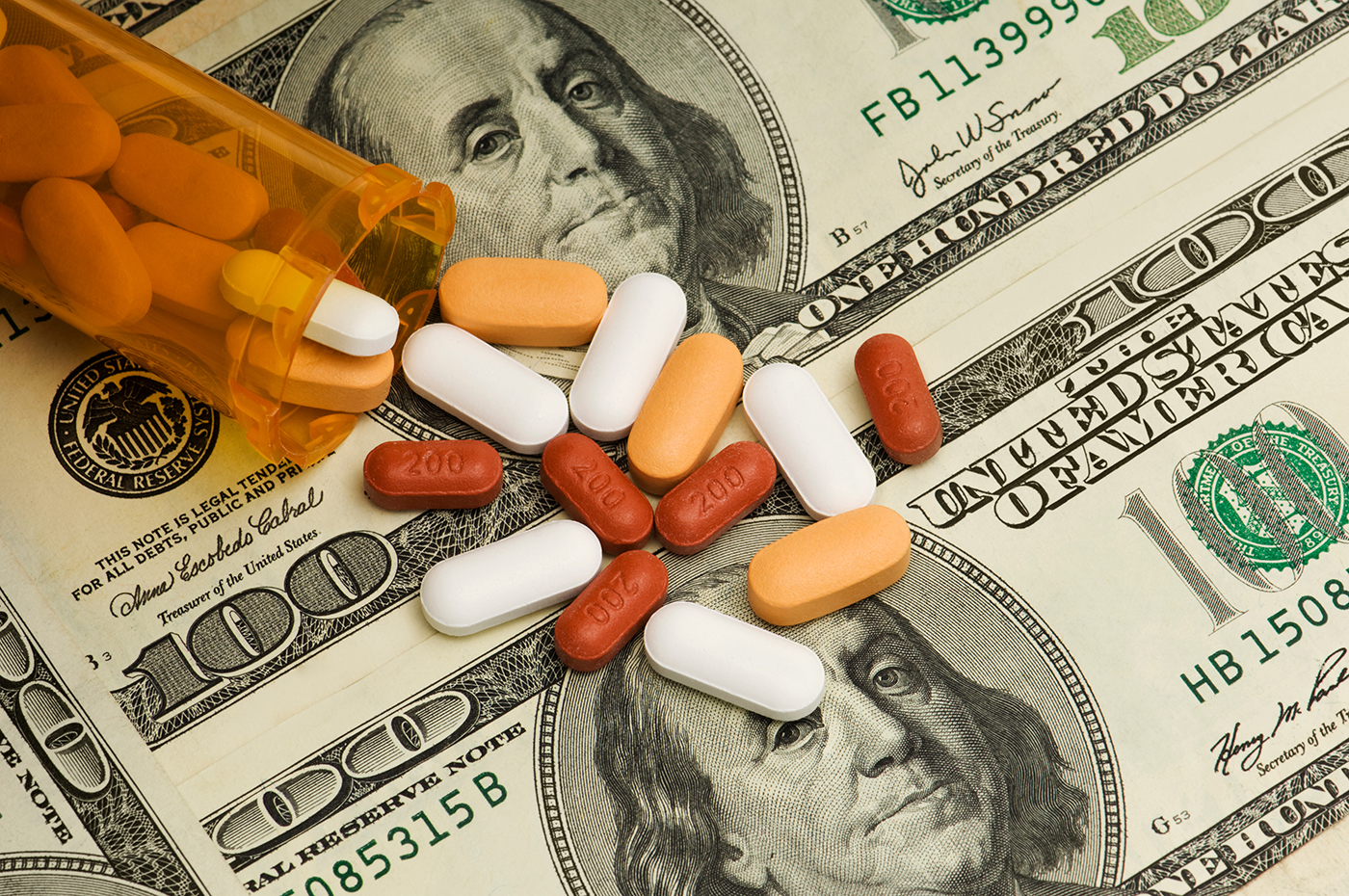
Author
Jennifer Wessel, JD, MPH
Senior Policy Analyst and Data Privacy Officer
Contact
ACHI Communications
501-526-2244
jlyon@achi.net
Following landmark negotiations between Medicare and drug makers, the Centers for Medicare and Medicaid Services (CMS) announced Thursday, Aug. 15, that reduced prices for 10 of the most expensive prescription drugs will go into effect Jan. 1, 2026.
The first-ever negotiations were authorized under a key provision of the Inflation Reduction Act of 2022 aimed at making health care more affordable for Americans. The new prices will be available through Medicare Part D.
Finalized Prices for the 10 Negotiated Drugs
The following are the negotiated prices for 30-day supplies of the selected drugs, reflecting significant reductions from the 2023 list prices:
- Januvia, used to treat diabetes: $113 (79% reduction)
- Fiasp, Fiasp FlexTouch, Fiasp PenFill, NovoLog, NovoLog FlexPen, and NovoLog PenFill, all insulin products used to treat diabetes: $119 (76% reduction)
- Farxiga, used to treat diabetes, heart failure, and chronic kidney disease: $178.50 (68% reduction)
- Enbrel, used to treat arthritis and other autoimmune conditions: $2,355 (67% reduction)
- Jardiance, used to treat diabetes and heart failure: $197 (66% reduction)
- Stelara, used to treat Crohn’s disease: $4,695 (66% reduction)
- Xarelto, used to prevent strokes and blood clots: $197 (62% reduction)
- Eliquis, used to prevent strokes and blood clots: $231 (56% reduction)
- Entresto, used to treat heart failure: $295 (53% reduction)
- Imbruvica, used to treat blood cancers: $9,319 (38% reduction)
According to CMS, in 2023 these drugs accounted for about $56.2 billion in total Part D prescription drug costs. If these negotiated prices had been in effect in 2023, they would have saved an estimated $6 billion in net prescription drug costs for Medicare, representing a 22% reduction in spending.
Out-of-Pocket Savings for Consumers
After the new prices take effect in 2026, Medicare enrollees are projected to save an estimated $1.5 billion in out-of-pocket costs in the first year. These savings are in addition to those generated by other cost-saving provisions under the Inflation Reduction Act, including a cap on total out-of-pocket drug costs, which will take effect in 2025. The cap will be $2,000 in 2025 and will be indexed annually for inflation thereafter. Enrollee out-of-pocket spending is projected to be reduced by about $7.4 billion annually among the 18.7 million Medicare Part D enrollees, amounting to savings of nearly $400 per person in out-of-pocket costs. In 2024, changes to Medicare’s prescription drug benefit are estimated to save approximately 178,000 Medicare Part D enrollees in Arkansas over $37 million.
CMS will continue to expand its negotiation efforts, selecting up to 15 additional drugs covered under Part D for price negotiation in 2027. In 2028, up to 15 more drugs will be selected for price negotiation and will include drugs under Part B, which covers drugs administered in outpatient settings such as doctors’ offices, along with drugs under Part D.
For more on the Inflation Reduction Act, see our previous post or visit the CMS website.






